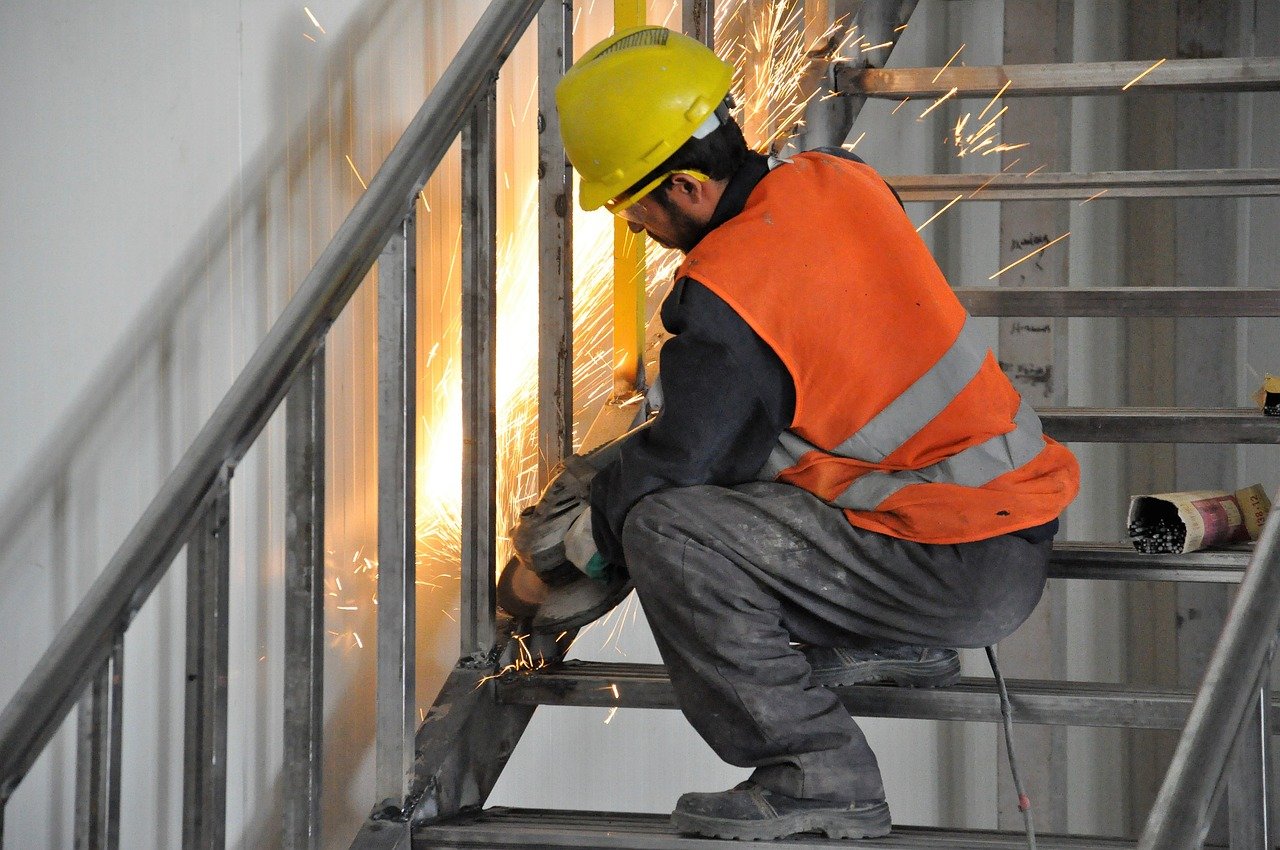We will focus here on the different types of protective caps which can be fitted with shoes. This will allow you to best identify the pair that will ideally meet your professional needs.
The shoe tip is placed on the front, it is inserted during assembly between the material constituting the upper and the inner lining. Her resistance capacity shock is the first factor that makes it possible to distinguish between protective shoes safety shoes. the construction material of the nozzle is also a decisive choice to be taken into account, whether for a question of weight, dimension, or according to the need to opt for a solution with or without metal.

Impact protection
To differentiate the protective shoe (EN ISO 20346 standard) for safety shoes (EN ISO 20345 standard), the toecap regulations specify two distinct levels of foot protection:
– The impact resistance of an energy of 100 joules. That is, the tip can withstand a shock equivalent to the fall of a 10 kg object dropped from a height of 1 meter. Footwear with this type of toe cap is referred to as protective footwear.
– The impact resistance of an energy of 200 joules. In this case, the tip is resistant toimpact of a 20 kg object dropped 1 meter high. Safety shoes, to be considered as such, must have a toe cap with these characteristics.
The metal mouthpiece
The very first safety shoes with a toe cap were designed with a steel shell. Today this material is still used and rubs shoulders with its alternative in aluminium.
L’steel is a material highly resistant to shocks, which allows the mouthpiece to be enough end without compromising its protective capabilities. It also has some cost advantages over other more advanced materials. Where it is less advantageous, it is in terms of weight that can exceed 90g depending on the shoe size.
Aluminum is lighter than steel, with a difference of about 15 to 20 grams. However, it is also less resistant. The tip must therefore be thicker than the steel one to present the same protective performance.
Although commonly used, metal end caps are not accepted in certain sectors of activity (for example airports which have metal detector gantries). To meet a need fornon-magnetic tips, you can choose a shoe with a composite toe cap.

The composite tip
Of more recent design, these shells have several advantages over metal end caps. They are 20% lighter than steel end caps, drive the hot and cold less, withstand several shocks and are more comfortable. To present the same robustness capabilities, the composite toe cap must nevertheless be thicker and wider than the metal shell, which implies a shoe of appearance more massive and less thin than a traditional safety shoe.
The first category of composite tip is that of polycarbonate shells, widespread material, very light and low cost, but asking for a large volume to comply with the required protection standards.
The fiberglass tip offers good resistance while having better thermal insulation.
Finally, the version la more evolved of the composite toe cap is carbon fiber. He is the solution the lightest with a weight that can go down below 40g. To great resistance allows compete with steel and therefore allows a slimmer waist relative to other footwear comprising a composite shell. This material is, on the other hand, more expensive than its counterparts, and can therefore drive up the price of a pair of shoes.
Resistance to impact
If your shoes guarantee you great protection, in accordance with the standards that govern them, it is important to realize that thethe integrity of a tip will be compromised following a shock.
Steel end caps can bend under the weight of an object falls. It is the same for aluminum. But they risk getting break for a fall that exceeds 200 joules. Composite tips absorb shocks better and return to their original shape. However, they also exhibit the risk of breaking under the influence of too great an impact.
For better security, it is therefore advisable to change shoes if they have ever suffered a fall from a heavy object.

Choose the tip of your shoe
As we have just detailed, you can opt for different types of material when you have to choose a pair of protective or safety shoe. The thinner metal tips, where the lighter but thicker composite shells. If your work environment requires a non-magnetic equipment, shells non-metallic will be required. The cost can be a determining factor, and although carbon fiber hasundeniable advantages, she stays less affordable than other materials.
A even more economical option consists of wearing overshoes with the same protective characteristics as safety shoes. Directly adjustable on classic shoes, they can be a cheaper alternative to the safety shoe.

